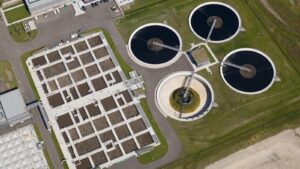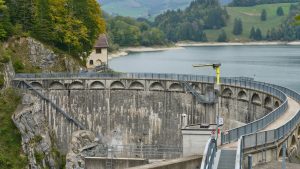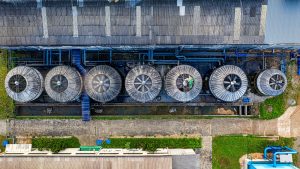Australia is a country that is enriched with development projects in every industry. When it comes to construction projects, transportation infrastructure receives a major spot on the list. Roadways, highways, bridges, and ports are developing unstoppably as the government understands the importance of expanding transportation assets, which is the key to the real development of the country. Molonglo River bridge construction is surfacing on the internet nowadays, as the construction has begun recently.
In this article, we are going to have a glimpse of the Molonglo River Bridge construction and the technologies that can be employed to make this project perfect.
We will understand
Molonglo River Bridge Construction Overview
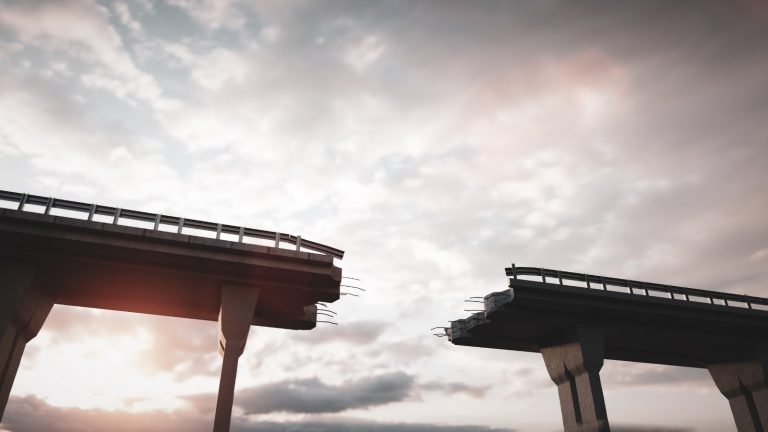
- It is a reason to be happy, as the Australian and ACT governments have recently declared that the first phase of construction is underway and the Molonglo River Bridge project is moving forward now.
- A 200-metre-long bridge will be constructed across the Molonglo Nature Reserve, which is the region’s largest river.
- The Molonglo region is going to evolve as a result of the building of the Molonglo River Bridge and the completion of John Gorton Drive, which will improve connectivity between Whitlam and the northern suburbs of Molonglo.
- Interwoven with this project, two new junctions and 1.7 km of new arterial highways connecting to the bridge will be constructed. This will make the planned Molonglo Group Centre accessible from the Whitlam area and the upcoming suburbs in the northern Molonglo Valley.
- In order to encourage more people in Canberra to bike or walk to their destinations, the project also incorporates significant active travel linkages, such as off-road shared walkways and a pedestrian subway.
- The Australian authorities have high hopes for this project, as it will be beneficial to the people in many ways. However, as with every construction project, it is unavoidable to encounter various challenges from the planning stage to the development stage.
- Finding innovative and technological solutions will be the right strategy for the successful completion of the Molonglo River Bridge project.
What are the Technologies to Employ to Make this Project Successful?
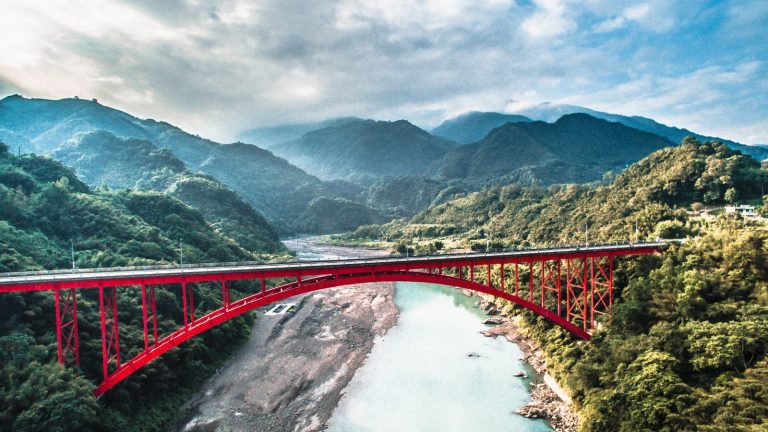
Artificial Intelligence (AI)
Since the whole world gathers around this robust technology nowadays, why would the above-said construction project stay away from its implementation?
Artificial Intelligence can revolutionise the success of the Molonglo River Bridge Construction project by optimising various aspects, if you wonder how it can help.
It is not a secret that AI-driven predictive modelling can forecast potential risks while encouraging proactive mitigation strategies. Through data analytics, AI can optimise resource allocation, scheduling, and logistics, enhancing project efficiency.
On one hand, AI-powered drones and sensors can provide real-time monitoring of construction progress and structural integrity. This puts more weight on quality and safety. On the other hand, Machine Learning algorithms can analyse historical data to identify patterns and optimise decision-making, from design optimisation to material selection.
With AI, all work can be simplified and visibility enhanced up to 200%.
Big Data Analytics
When a mega construction project kicks off, there is an abundance of data gathered. How can the authorities look into them one by one?
On the other hand, they cannot avoid any tiny detail coming from the construction site. Do you agree?
This is where they need a potent tool to analyse such vast datasets encompassing project schedules, cost estimates, weather patterns, and performance metrics in the first place.
In this scenario, Big Data Analytics provides actionable insights to optimise planning, scheduling, and risk management processes. It offers some powerful predictive modelling to anticipate potential delays or cost overruns, which allows proactive adjustments to be made in advance.
As you can see, this technology can ensure the timely and successful completion of the Molonglo River Bridge while offering translation power to your data sets.
Robotics and Automation
How can the latter be utilised for this project? It is an outstanding approach to employing robotic technology and automated machinery for tasks such as concrete pouring, rebar placement, site preparation, etc. With that, construction processes become faster, more precise, and safer.
Plus, these technologies reduce the reliance on manual labour, minimising human error and increasing overall productivity.
We know that robotics usually encourages the execution of complex tasks with high accuracy, which leads to improved construction quality. On the other hand, automation streamlines repetitive tasks, allowing workers to focus on higher-value activities, ultimately accelerating project timelines.
Internet of Things (IoT)
The IoT itself presents immense value to any project. When it is coupled with other technologies, the power is unparalleled.
Let us elaborate on this deeply. IoT sensors embedded in construction materials, equipment, and the bridge structure itself collect data on performance, structural health, and environmental conditions.
This data indeed permits predictive maintenance. It is easy because anomalies or deterioration can be detected early and pave the way for the authorities to prevent costly repairs or failures.
Another fact is that IoT enhances safety by monitoring conditions such as temperature, humidity, and structural integrity in real time. It can alert workers to potential hazards when they detect anomalies.
With IoT in place, the Molonglo River Bridge construction can be completed running against time.
Digital Twin
Let us explain how this helps with construction. As it can create a virtual replica of the bridge, Digital Twin powers up real-time monitoring and analysis of its performance throughout its lifecycle.
This virtual representation clears the barrier to early detection of potential issues. This allows for proactive maintenance and optimisation of construction processes.
Also, it is visible that Digital Twin has the ability to enhance collaboration among project stakeholders by providing a shared platform for design reviews, simulations, and decision-making.
If they need to kick off a new development, there is no need to try it in the physical world at once. They can check whether it goes with the flow in the virtual world through this technology, which saves an immense load of money on research.
Augmented Reality (AR) and Virtual Reality (VR)
Why AR & VR for this project? You may wonder, right?
That is because AR facilitates immersive visualisation of the bridge design and allows stakeholders to explore and interact with the structure in a virtual environment before construction begins.
This enhances design review, stakeholder engagement, and decision-making, ensuring alignment with project requirements and specifications.
On the other hand, VR backs up the simulation of construction processes, provides training opportunities for workers, and identifies potential safety hazards.
Additionally, AR and VR expedite communication and collaboration among project teams, establishing efficient coordination and problem-solving.
Yes, the synergy of AR & VR equals project completion, in other words.
Building Information Modelling (BIM)
BIM can contribute to the Molonglo River Bridge Construction Project by providing a comprehensive digital representation of the bridge.
You know that BIM integrates various data sources and disciplines, including architectural, structural, and MEP (mechanical, electrical, and plumbing) systems, into a centralised platform.
All throughout the project’s lifetime, this has made collaborative design, coordination, and visualisation easier. Stakeholders could improve efficiency and lower expensive mistakes by identifying possible conflicts, optimising design solutions, and simulating building sequences by developing a virtual prototype of the bridge.
Plus, BIM makes the way for accurate quantity take-offs, scheduling, and cost estimation, which aid in project planning and budgeting.
Guarantee the Long Life of the Molonglo River Bridge with Industry 4.0 Technologies

The completion of the bridge construction is not the only goal for the Australian authorities. The real target is building it up to the highest quality standards and expecting a lifespan of over two decades. The right tools from a reputed supplier will make this target more achievable, for sure.

